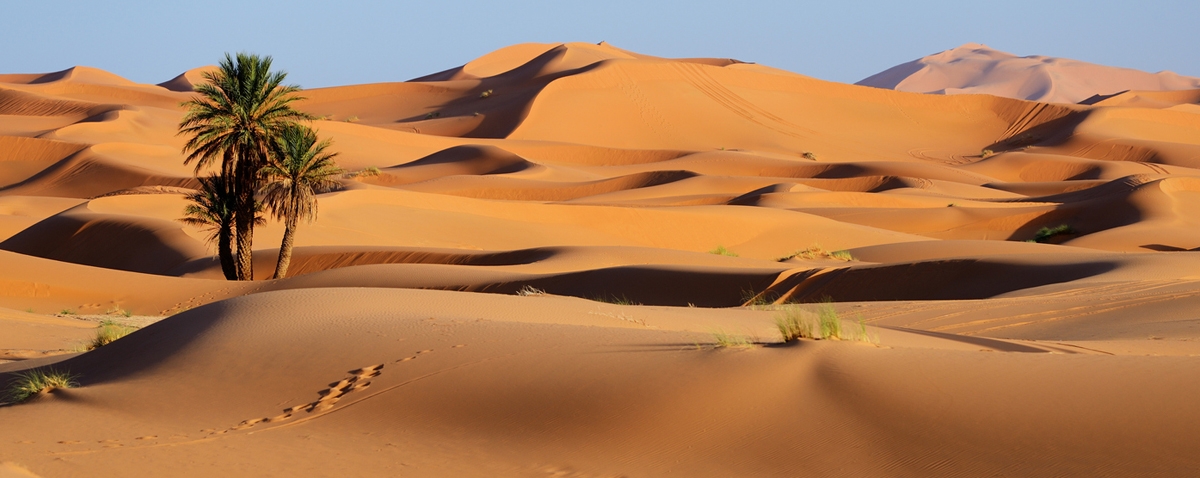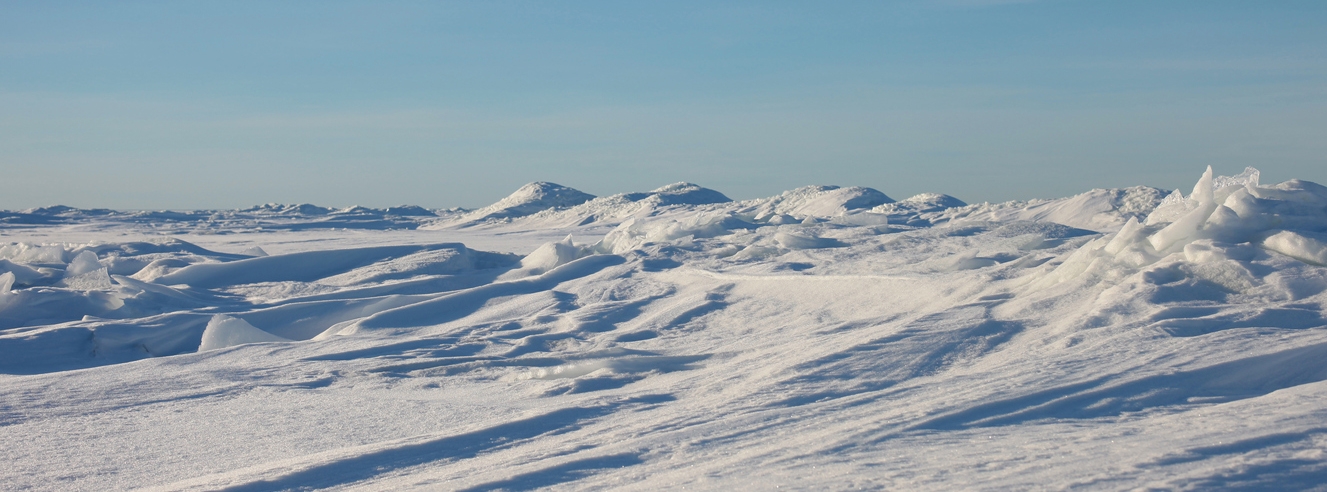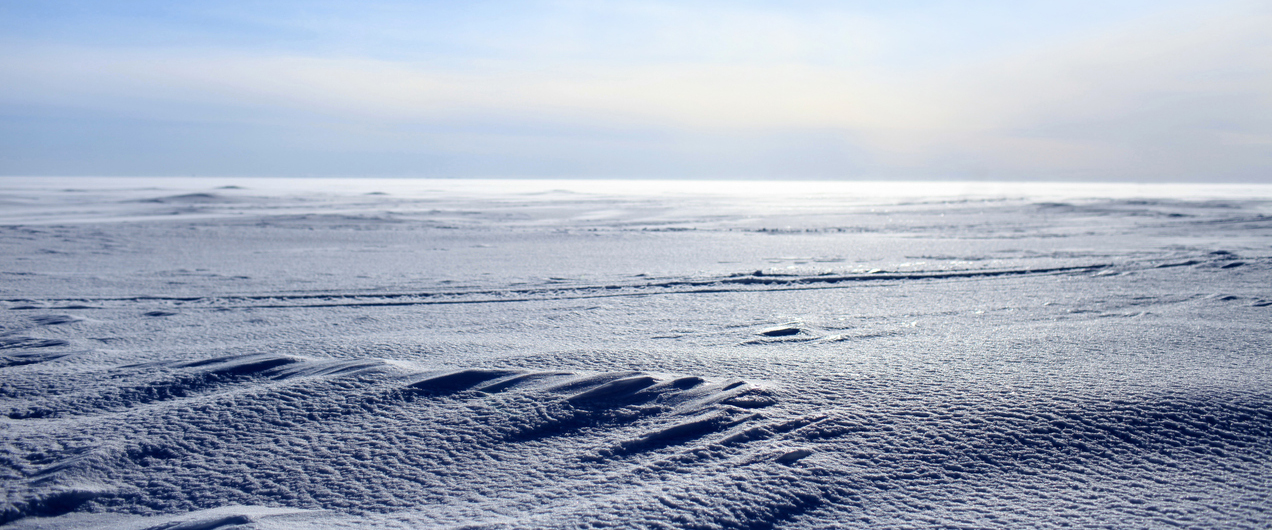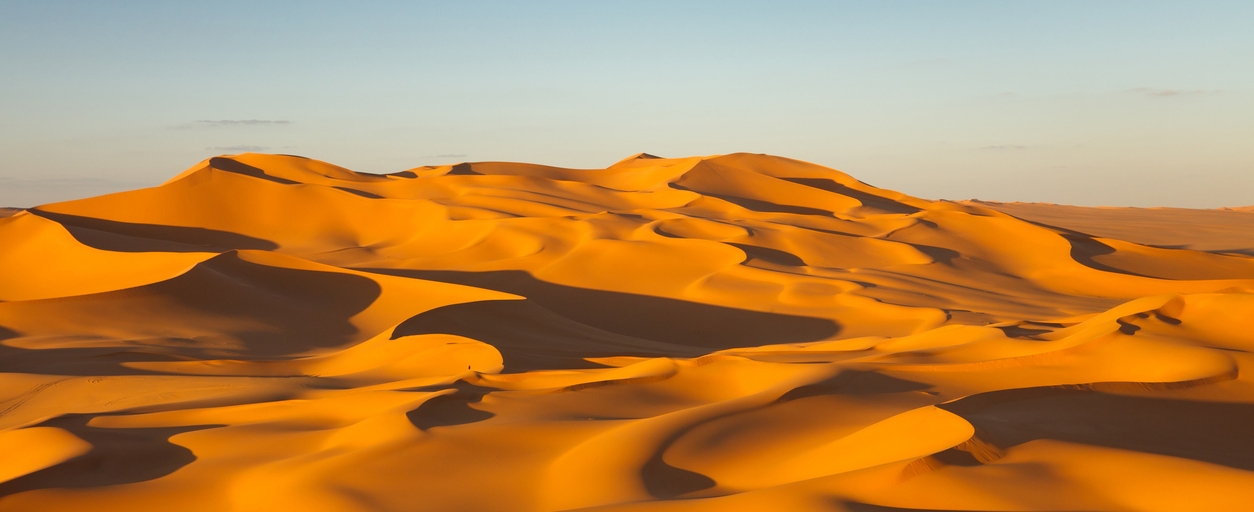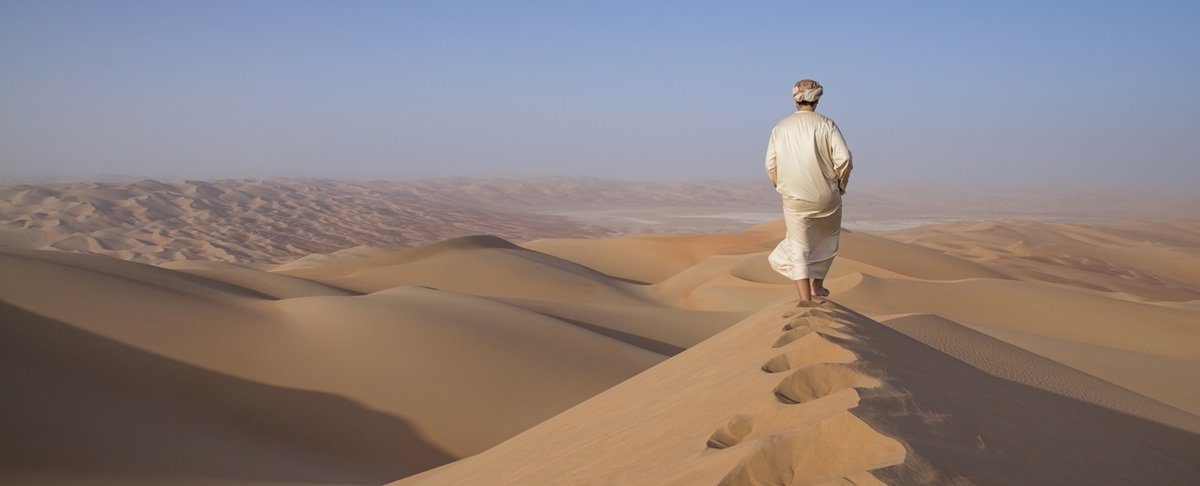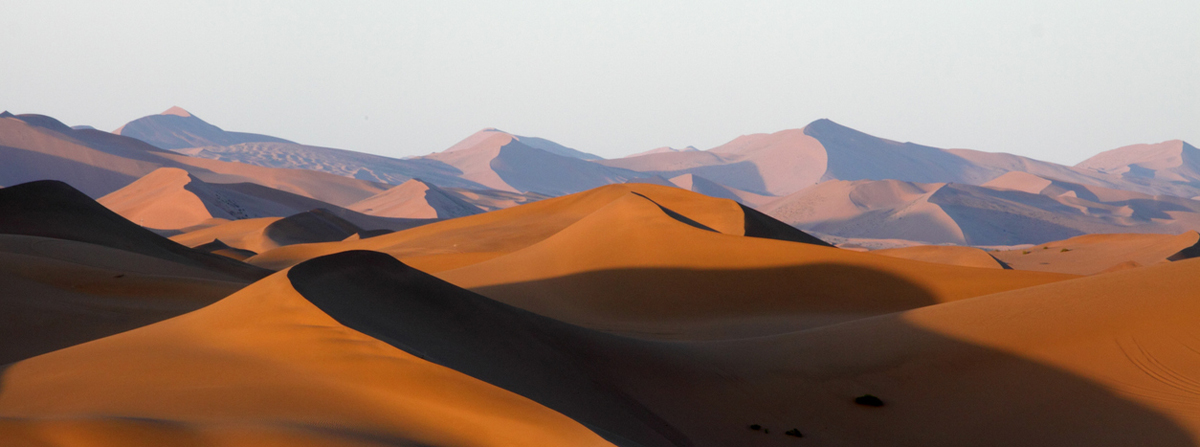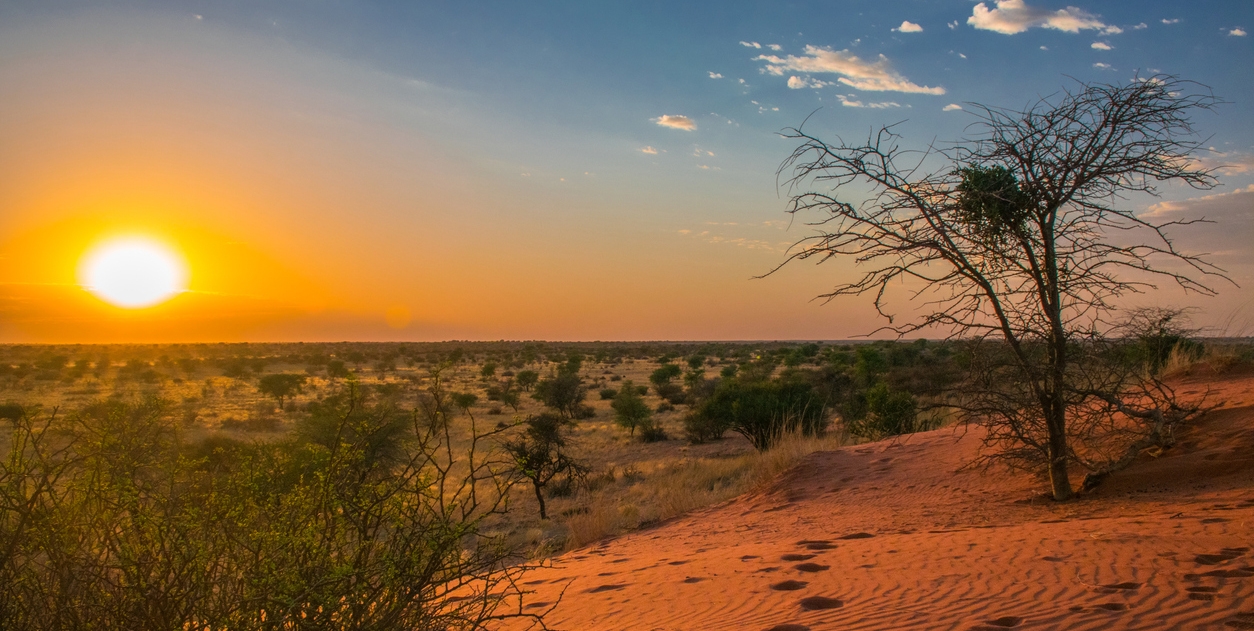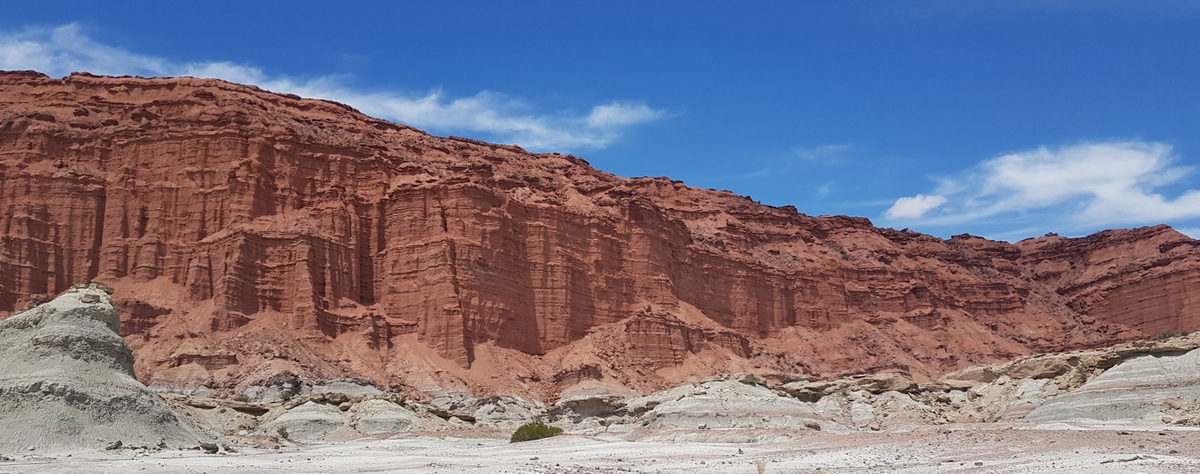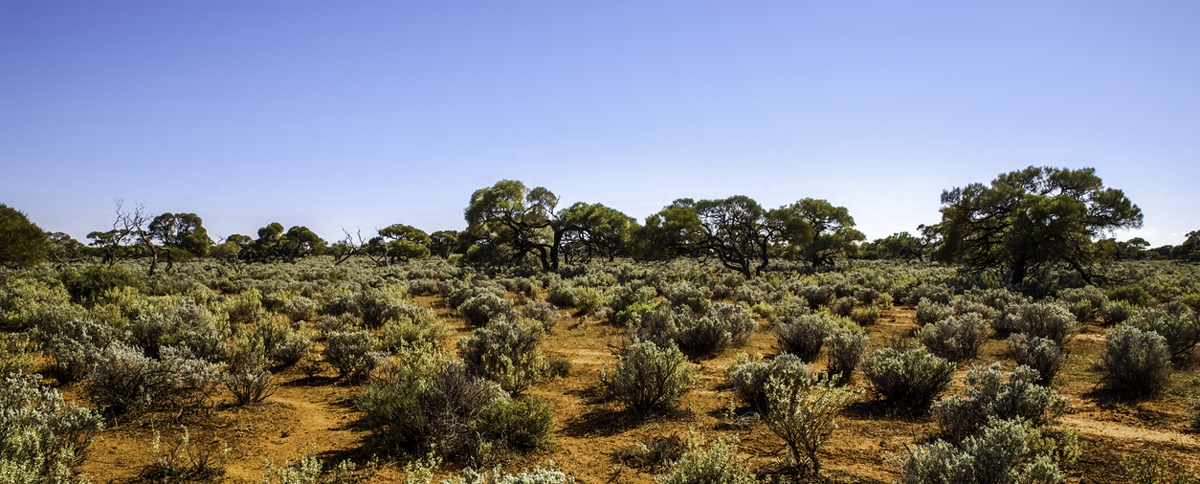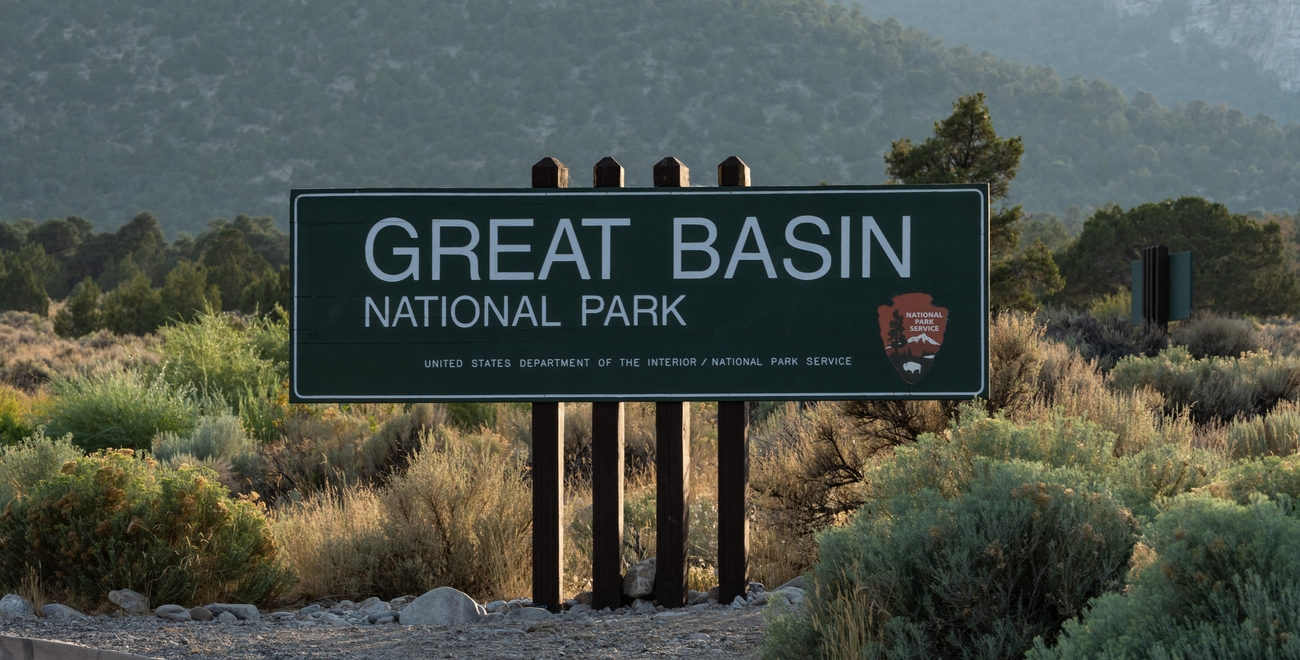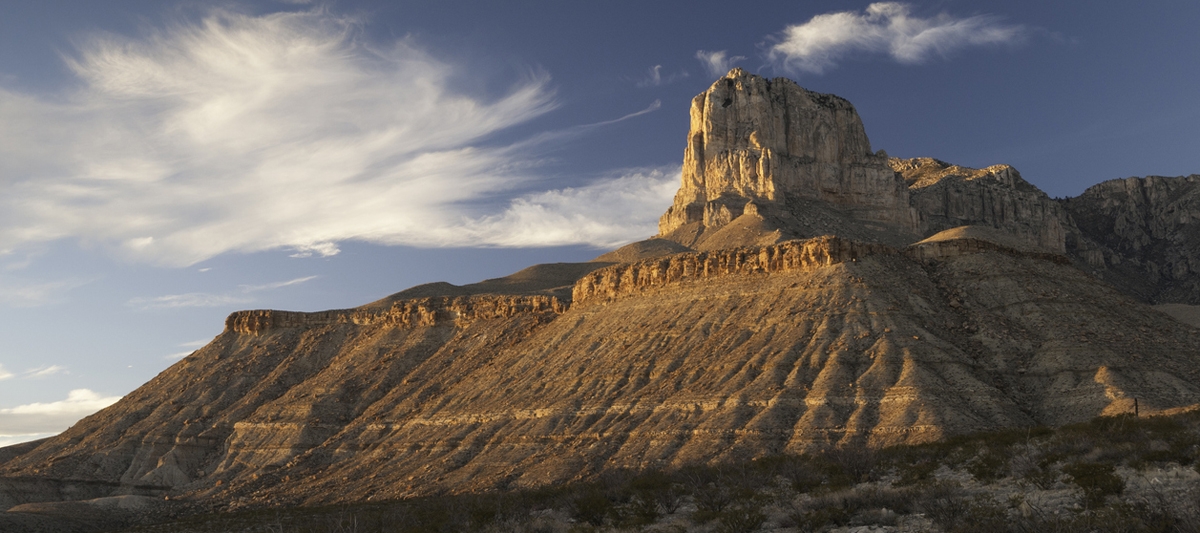There are several kinds of deserts, and some are very different from others. Deserts cover more than a fifth of the Earth’s land surface, making them one of the most common types of biomes on our planet.
Deserts typically have less than 10 inches (25 centimeters) of rainfall per year, though some exceptionally dry places drop below this threshold. Of course, if it rains 25 centimeters in a day, that’s a wet desert day! Deserts are also known for their extreme temperatures: they’re generally hot during the day, but they can get very cold at night.
Following are the top 10 largest deserts on the earth:
1. Antarctica
This is an odd one. Rather than being a land-based desert, Antarctica surrounds the South Pole and makes up about 98% of the continent of Antarctica. It’s a cold place—the average temperature is -50 degrees C (or -58F). It’s huge: it spans 5.5 million square miles (14.2 million square km). The largest sand dunes found anywhere in the world are in Antarctica, though they’re made of snow. There are no plants growing there, but algae can be found on penguins’ feathers during their molting season! [1]
2. Arctic Desert
The Arctic desert also called the polar tundra, taiga, polar desert, or polar steppe, is a barren landscape covered by evergreen shrubs and sparse plants. Marshlands are interspersed with the white-and-brown landscape. The wind blows continuously through the vast region, and there are no trees or other vegetation to break up the view.
The Arctic desert covers most of the Arctic regions of North America and Eurasia, extending from northern Canada to Siberia in Eurasia and Alaska in North America. It also includes parts of Greenland and Antarctica. The Arctic desert is sometimes referred to as a tundra biome. [2]
This barren region has very short growing seasons and dense vegetation. There is no snow cover in the summer months because there isn’t enough heat to make it melt; similarly, there is no frost during the winter months because temperatures remain below 32°F throughout the year. In addition to less rain than other deserts, it also experiences far less annual precipitation than any other part of Earth at less than 40mm per year (1 in 100 years).
3. Sahara Desert
The Sahara Desert takes up an area of 3.3 million square miles and covers North Africa, including most of Algeria, Egypt, Libya, Morocco, and Sudan. Most people think of deserts as places with little to no vegetation or water; however, the Sahara is known for its contrasting landscapes of mountains and white sand dunes.
While it spans more than 3 million square miles today, it used to be even more expansive. The Ice Age lasted from approximately 2 million years ago to 8 thousand years ago, when much of what is currently desert was grassland. As the earth became warmer and dryer again after the Ice Age ended thousands of years ago, grasslands gave way to deserts once more. [3]
4. Arabian Desert
The Arabian Desert is the fourth-largest in the world. It covers an area of 900,000 square miles, including parts of West Asia, East Africa, and Saudi Arabia. The desert covers much of Saudi Arabia and has long been a locus for human habitation.
Lying within the tropics, most of the Arabian Desert is very hot and dry year-round. However, its northernmost parts around the Persian Gulf experience cold winters with some snowfall on occasion. Average annual rainfall is low throughout this region but increases towards mountains in Yemen as well as at higher altitudes in Oman. In winter, temperatures are generally mild, with averages in January rarely going below 13°C (55 °F). [4]
Temperatures rise sharply in summer, with temperatures often exceeding 50°C (122 °F). The temperature seldom drops below 40°C (104 °F) in July and August, even at night. This is especially true of the coastal towns of Dhofar Governorate and Al Buraimi Oasis in Oman, which are shaded from clouds that form over the Indian Ocean during the summer months.
When it gets very hot, daytime cooling may give way to nighttime cooling because heat escapes far into the atmosphere rather than being retained by land.
The average temperature may exceed 100°F if the skies are clear or shortly before rain or after rain during June and July. However, temperatures over 57°F are rare except near water, where humidity rises significantly during this period and can cause cloud formation.
5. Gobi Desert
The Gobi Desert is located in Asia and is the 5th largest desert on our planet. It covers parts of China and Mongolia and was once a seafloor. The Gobi Desert has two sections: the Alashan and the Gobi Altai. The Alashan is on the northwest side, and it contains desolate sand dunes.
Some oases also grow trees like tamarisk, willows, reeds, poplars, birch trees, pines, juniper trees, and elms. These oases have plenty of water found in depressions in the ground or underground aquifers called “yurts.” In springtime, these plants flower beautifully with blossoms of blue and yellow. [5]
The animals living here include leopards, brown bears, black-tailed gazelles, wild asses, argali sheep, goitered gazelle, and the Bactrian camel.
6. Kalahari Desert
The Kalahari Desert is one of the largest deserts in Africa. Covering an area of 800,000 square miles, it sprawls across Botswana, Namibia, and South Africa. [6]
The Kalahari Desert is a semi-arid sandy savannah rather than a true desert that receives about 5 inches of rain annually. In addition, the Kalahari Desert is one of the most popular tourist destinations in Southern Africa.
7. Patagonian Desert
While the size of deserts is often measured by the area of dry land that doesn’t support any kind of vegetation, there are other factors to consider. The Patagonian Desert—the 7th largest in the world—occupies almost a third of Chile and stretches across 260,000 square miles. It gets colder than average in summer and warmer in winter due to its latitude, which makes this desert popular among tourists who visit during the summer months when temperatures are cooler than usual elsewhere in Chile.
The desert is made up mostly of sand dunes and contains several lakes, including Laguna del Laja, located at 976 m to 3585 meters above sea level. Visitors can hike a 7-kilometer-long path through sand dunes to reach Laguna del Laja and take part in a wild horseback ride along the mountain ridge just outside the lake’s boundary. [7]
The desert also has numerous natural mineral springs that flow from underground aquifers located between some of the dunes. These are known as “natural baths,” where you can enjoy thermal waters that soothe your muscles after trekking through sandy dunes or hiking on footpaths carved into the sides of dune hills
8. Great Victoria Desert
The Great Victoria Desert is one of the largest deserts in the world, covering some 250,000 square miles. Why aren’t we talking about it more? Sure, it might not have the romance or mystery of Antarctica or the Sahara, but you’d be surprised at some of the amazing desert scenery found within its borders.
Explore Australia’s Outback on a trip to Uluru-Kata Tjuta National Park and find yourself surrounded by massive red rock formations and sand dunes that stretch for miles. With your trusty camper van outfitted with a four-wheel drive and spare tires galore, head off into the bush for an adventure that will take you off the beaten path (literally!). There are no paved roads in this part of Australia; hence, getting around can be tricky. You’ll see hidden caves and stunning canyons. [8]
Just don’t forget to bring a sunhat when exploring this desert!
9. Great Basin Desert
The Great Basin Desert stretches from central Utah to southeastern California and from western Nevada to southwestern Oregon. It encompasses about 190,000 square miles of the western United States. The desert experiences cold winters with moderate snowfall and hot summers. Annual precipitation is usually less than five inches, with most of it falling as snow. [9]
This expanse of land is home to a wide variety of flora and fauna. It is also rich in minerals such as silver, lead, gold, and salt that have been mined for centuries by both indigenous peoples and European settlers.
10. Chihuahuan Desert
The Chihuahuan Desert is the largest desert in North America, covering an area of 175,000 square miles. The northern portion of the desert extends into parts of Arizona and New Mexico in the United States, while its southern part extends into Northern Mexico.
Interestingly, it is in this desert where dinosaur bones were also discovered. Also located here is evidence of human habitation dating back 9,200 years. [10]
Conclusion
The largest deserts are spread over the world, including Antarctica, Asia, Africa, and North America. In the end, none of these lands are truly uninhabitable. Humans can and do live in these places, but living conditions are challenging in these regions, often making it difficult to find a source of water.
References
- https://www.universetoday.com/27064/what-is-the-largest-desert-on-earth/
- https://www.worldatlas.com/articles/where-is-the-arctic-desert.html
- https://www.britannica.com/place/Sahara-desert-Africa
- https://www.britannica.com/place/Arabian-Desert
- https://www.britannica.com/place/Gobi
- https://www.britannica.com/place/Kalahari-Desert
- https://placeandsee.com/wiki/laguna-del-laja-national-park
- https://www.britannica.com/place/Great-Victoria-Desert
- https://www.britannica.com/place/Great-Basin
- https://www.nature.org/en-us/get-involved/how-to-help/places-we-protect/chihuahuan-desert
- https://www.livescience.com/38592-biggest-deserts.html

